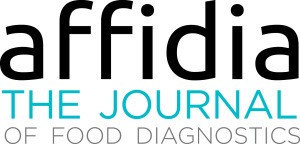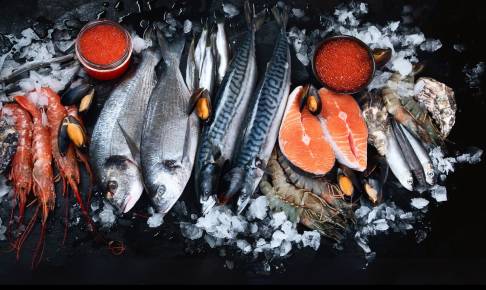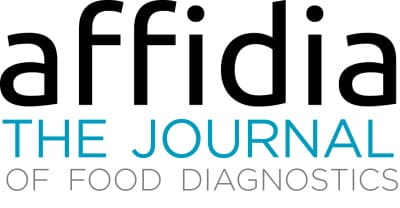A few days ago (22.04.24) the Italian police (NAS, an anti-fraud body of Carabinieri) found the evidence that a dairy industry in the Marche region was used to add sodium hydroxide and hydrogen peroxide to the raw milk. Both practices are forbidden in [...]
Moolec Science, a leader in Molecular Farming technology in food and dietary supplementation, has reached a significant achievement with their genetically engineered soybean, "Piggy Sooy." On April 22nd, 2024, Moolec announced that they are the first [...]
Two newly published studies in April 2024 addressed the concerning issue of per- and polyfluoroalkyl substances (PFAS) contamination. These persistent chemicals, widely used in industry and consumer products, raise concerns a [...]
Researchers from the Department of Food Science at Arkansas University published an article in the Journal of Food Protection, delineating an approach aimed at ensuring the safety of low-moisture foods (e.g. powdered milk) while preserving [...]
In the United States of America (USA), the regulation of food chemicals involves a complex interplay of state legislation and federal oversight by the Food and Drug Administration (FDA). Concerns about the safety of various food chemicals have prompted [...]
The US Environmental Protection Agency (EPA) has announced federal drinking water standards for six individuals per- and polyfluoroalkyl substances (PFAS). These standards, included in the final National Primary Drinking Water Regulation (NPDWR), [...]
“Education of consumers, healthcare providers, food business operators, risk assessors and risk managers is critical to PAL management” (FAO/WHO 2021)
Introduction
What is PA [...]
Nowadays, we are exposed to thousands of chemicals in our daily lifes by many pathways of exposure, for example, by ingestion of food and water, inhalation of air and dust, de [...]
How to apply and adjust processes to achieve levels of acrylamide as low as reasonably achievable below the benchmark level.
Cooking is an ancient practice that improves organoleptic properties of foods, nutrient bioavailability, [...]



























